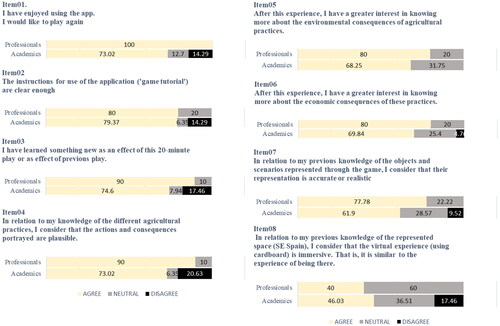Figures & data
Figure 1. (Left) Map of the area framed for the LIFE AMDRYC4 pilot project (LIFE16 CCA/ES/000123). (Right) Areas selected for the intervention and sampling were located in the region of Murcia (SE Spain).
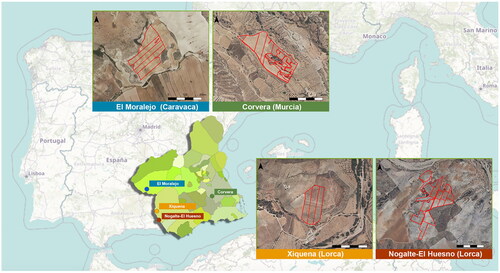
Figure 2. Screenshot of the gameplay. The current game state displays a deteriorated residence as a reflection of the poor level of the variables related to socioeconomic development. Source: LIFE AMDRYC4 (Universidad de Murcia, Citation2021b).
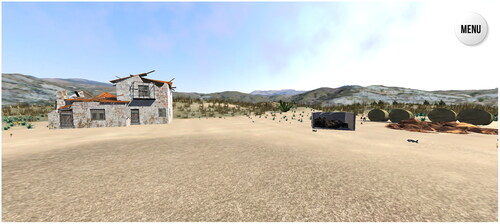
Figure 3. Screenshot of the ‘actions’ menu. Icons are designed for easy understanding of the agricultural strategies studied through the LIFE AmdryC4 pilot project. Source: LIFE AMDRYC4 (Universidad de Murcia, Citation2021b).
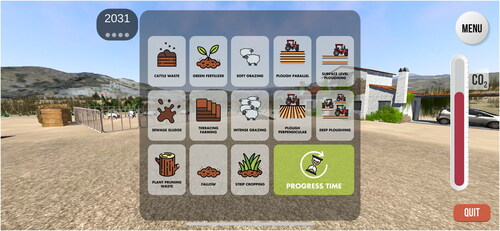
Figure 4. Screenshot of the ‘visual dictionary’ that gives information about the actions available for the user and briefly introduces potential consequences of the gameplay. Source: LIFE AMDRYC4 (Universidad de Murcia, Citation2021b).
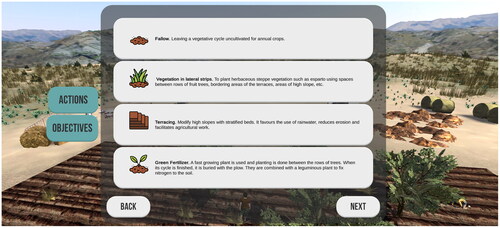
Table 1. Frequencies of the eight items included in the Likert-style questionnaire, which was employed as a user evaluation of the mobile application (N = 84).
Figure 6. Number of comments found in the questionnaires (N = 119) among professionals (n = 22) and academics (n = 97).
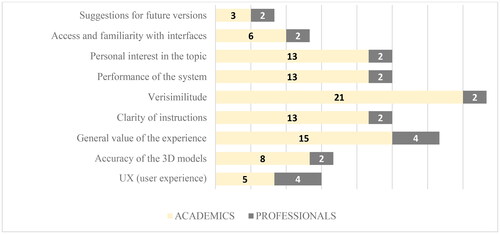
Table 2. Distribution of comments found regarding the categories of analysis.

